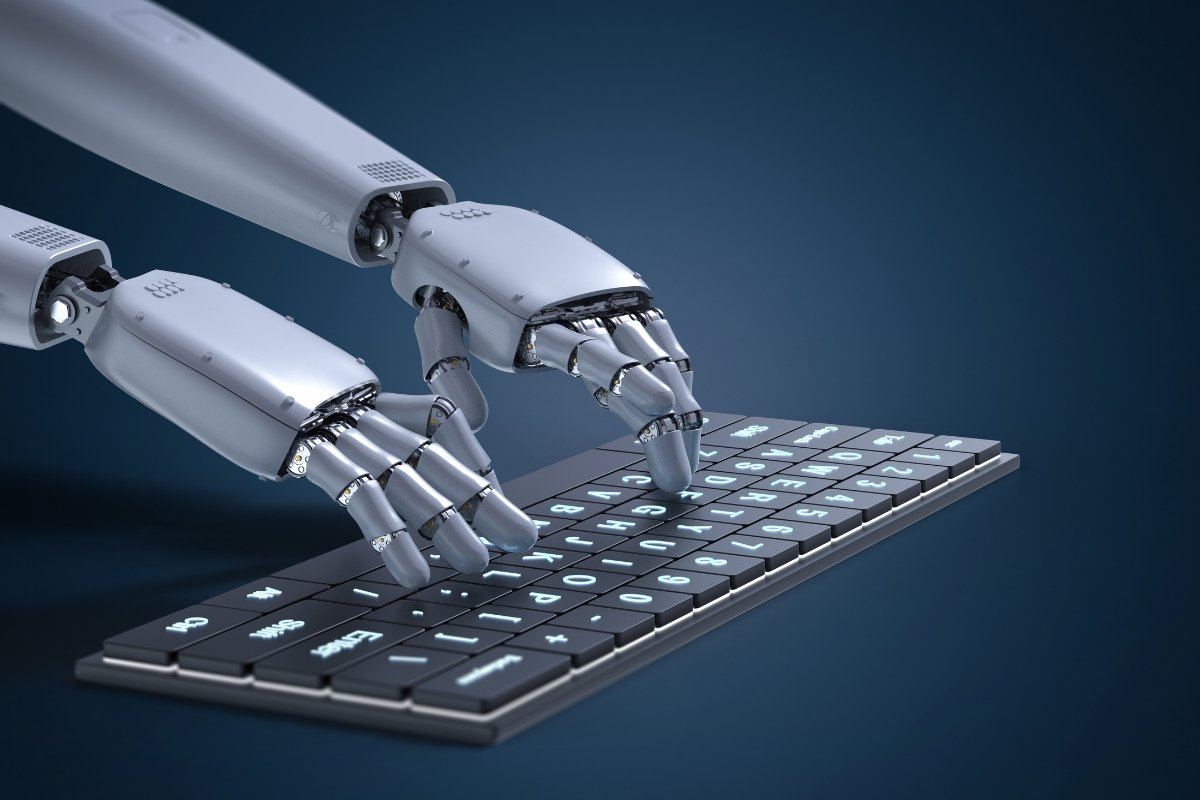Implementing robotic automation is a major step forward for any production facility. Adding industrial robots to your manufacturing process opens the door to greater efficiency, precision, and safety.
Table of Contents
However, getting started can feel overwhelming, especially for those new to robotic technology. This introduction provides a clear and concise overview of industrial robots, helping you understand the basics as you begin your automation journey.
What Is an Industrial Robot?
Not all robots are industrial. An industrial robot is a mechanical device designed to automatically perform manufacturing tasks across three or more axes. These robots are programmable and reprogrammable, allowing them to adapt to various applications and production requirements. A typical industrial robot consists of five main components:
- Manipulator Arm – The physical structure that moves and performs tasks.
- Controller – The “brain” of the robot that governs motion and behavior.
- Drive – The system powering the robot’s joints and enabling movement.
- Sensors – Devices that provide feedback and data to ensure accurate operation.
- End-Effector – The tool attached at the end of the arm that interacts with objects (e.g., gripper, welding torch).
A well-known example of an industrial robot is the FANUC M-20iA.
Read More Meet the New Boston Dynamics Atlas Robot in 2025
Types of Industrial Robots
Industrial robots come in various configurations, each designed for specific types of tasks and environments:
- Articulated Robots
The most common type, these robots resemble a human arm, allowing for a wide range of motion and flexibility. Example: ABB 6640. - Cartesian Robots
Also known as linear or gantry robots, they operate along three straight axes (X, Y, Z) and are ideal for pick-and-place or assembly applications. - SCARA Robots
These compact robots offer fast and precise movement in a horizontal plane, using two parallel rotary joints. Ideal for small part assembly. - Delta Robots
Sometimes called spider robots, they have a dome-shaped body and three lightweight arms that move quickly, perfect for high-speed picking tasks. Example: FANUC M-2iA. - Collaborative Robots (Cobots)
Designed to safely work alongside humans, cobots feature softer designs, advanced sensors, and built-in safety measures. They are ideal for applications that require human-robot interaction without safety cages.
Read More Why Japan Is Replacing Humans with Robots in 2025
Common Applications of Industrial Robots
Modern industrial robots can be used to automate nearly any production-related task. Some of the most widely used applications include:
- Arc Welding
- Spot Welding
- Assembly
- Material Handling
- Material Removal
- Palletizing
- Packaging
- Dispensing
- Painting
- Inspection
Industries That Use Industrial Robots
While industrial robots were first introduced in the automotive industry, their use has since expanded into a wide range of sectors:
- Electronics
- Aerospace
- Food and Beverage
- Foundry and Metal Casting
- Warehousing and Logistics
- Oil and Gas
- Agriculture
- Consumer Goods
- Medical Device Manufacturing
- Pharmaceutical Production
Read More The Future of Robotics Roles
Benefits of Industrial Robots
The advantages of industrial robots are numerous and impactful:
- High Precision and Repeatability – Ensures consistent product quality with minimal errors.
- Increased Productivity – Operate continuously without breaks, speeding up production.
- Improved Safety – Take over dangerous or repetitive tasks, reducing workplace injuries.
- Cost Reduction – Lower labor costs, reduced waste, and increased energy efficiency.
- Reliability – Robots are dependable and can perform under harsh or demanding conditions.
Conclusion
Whether you are exploring automation for the first time or looking to expand your robotic systems, understanding these fundamentals is the first step. For affordable and reliable options, Robots Done Right is your trusted source for used industrial robots. Contact us if you are ready to buy or sell robotic equipment and take your production to the next level.




